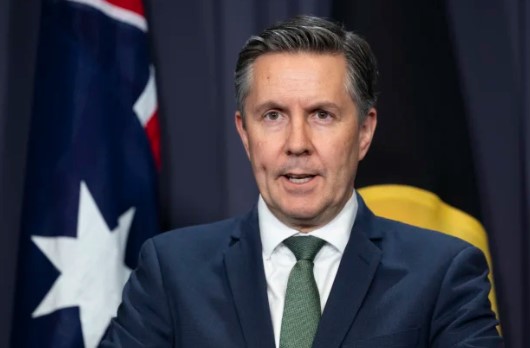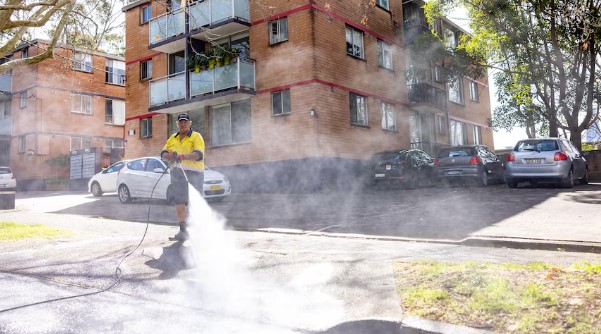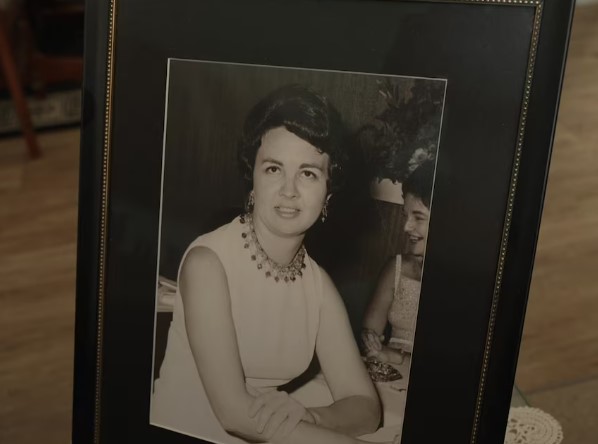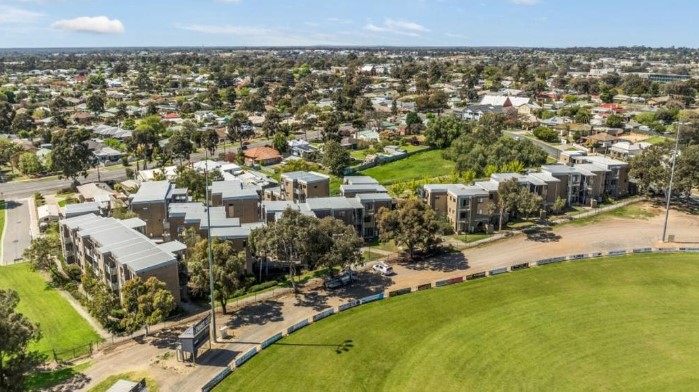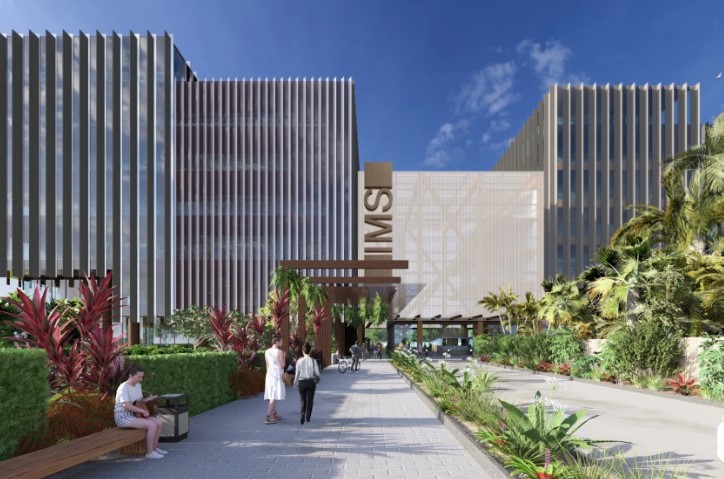15
Mar 2024
The 'silver tsunami' is coming, and experts warn Australia needs to do more, starting now
Published in News on March 15, 2024

Margot Lodge checks a device intended to connect to Douglas Hill's hearing aid, while Hill indicates that one of his hearing aids is not in place. He humorously suggests it might be misplaced under his shoulder.
Having resolved the communication hurdles, Dr. Lodge introduces herself.
"As a geriatrician, I specialize in providing medical care for older individuals," she clarifies.
Dr. Lodge heads the Geriatric Trauma Service, a pioneering initiative at Australia's largest trauma hospital, where Mr. Hill is among the 500-plus patients the team has assisted thus far.
This innovative service was launched a year ago in response to The Alfred Hospital's observation of a 20 percent surge in falls from standing height over the fiscal year.
Mr. Hill suffered a fall while tending to visiting king parrots, resulting in multiple broken ribs and a punctured lung. To address the underlying heart issues that caused his fall, he is scheduled to undergo pacemaker placement. Following a comprehensive explanation of his conditions, care needs, and recovery expectations, the hospital team inquires if Mr. Hill has any queries, to which he responds with a wry smile.
Mr. Hill shares a humorous anecdote about aging, eliciting laughter from those around him. Despite his light-heartedness, he expresses gratitude for the care he's receiving. He jokes about societal attitudes towards the elderly but acknowledges the importance of caring for one another.
The 'silver tsunami' of elderly patients is driving the demand for specialized care
Falls represent the predominant cause of hospitalizations and fatalities due to injury in Australia, comprising over 40 percent of both statistics. Individuals aged 65 and above are at the highest risk of hospitalization following a fall, with this risk escalating with advancing age.
Falls result in more hospitalizations and fatalities among Australians aged 65 and older than all other age groups combined.
In the 2020-21 period, a significant number of Australians were hospitalized and died from falls.
The pressure on hospitals is anticipated to intensify as Australia's population continues to age, a phenomenon often termed the "silver tsunami."
"We recognized the urgency to address this issue because it is expected to persist in the coming years— for many years ahead," Associate Professor Joseph Mathew, the trauma department's deputy director, elucidates.
The proportion of older Australians is forecasted to rise
Comorbidities and fragility can contribute to falls, as evidenced in Mr. Hill's case, potentially resulting in more severe injuries or complications during hospitalization for older individuals.
Dr. Mathew characterizes this situation as a "vicious loop," from which older individuals may find it challenging to recover.
He emphasizes the importance of recognizing older people as a distinct group necessitating specialized care, akin to the attention given to pediatric patients.
"I might excel at treating the injuries and their associated complications," Dr. Mathew explains.
"But when it comes to managing the myriad comorbidities and their interaction with the injuries, you require the expertise of a geriatrician, who brings a unique skill set to the table and ultimately enhances patient outcomes."
The Geriatric Trauma Service isn't solely dedicated to treating hospitalizations resulting from falls. However, a glance at the hospital's recent data elucidates why it has become such a focal point.
The Alfred Hospital admits more individuals due to low falls than for road trauma
Dr. Mathew highlights the alarming trend of older individuals experiencing falls without receiving comprehensive diagnoses, leading to critical deteriorations and even fatalities. He emphasizes that The Alfred Hospital's exposure to geriatric trauma represents only a fraction of the broader issue.
Dr. Lodge underscores her team's emphasis on proactive management to address common complications among older patients, such as pneumonia, hospital falls, and pressure injuries. They aim to prevent these complications whenever possible and promptly intervene if they arise.
A truly daunting challenge to navigate
Delirium, characterized by acute confusion, poses a particularly daunting challenge, especially for junior doctors, according to Dr. Lodge. Patients may exhibit extreme agitation or appear deeply sedated, resembling a comatose state. Managing delirium necessitates a diverse range of intervention strategies.
The family of Duncan Bartholomeusx understands the gravity of his condition. As he sits with them in a chair, Dr. Lodge arrives.
"How are you feeling?" she inquires.
"Top of the world," he responds with a smile.
Expressing gratitude for the care he has received, he becomes emotional, acknowledging the arduous journey he has undergone.
Mr. Bartholomeusx sustained a fall from a ladder while gardening, resulting in a month-long hospitalization. He underwent surgery, spent time in intensive care, and even required life support due to complications. Additionally, he experienced delirium during his recovery.
Dr. Lodge acknowledges the severity of his condition, to which Mr. Bartholomeusx's wife expresses gratitude, referring to him as a "miracle man." Mr. Bartholomeusx thanks the doctor, who offers him a box of tissues.
Mrs. Bartholomeusx describes her husband's struggle with delirium, noting his awareness of its surreal nature but difficulty in overcoming it. Their daughter, Simone Dressing, reflects on the distressing experience for the family, particularly as a nurse encountering this type of delirium for the first time.
Dr. Lodge emphasizes the importance of addressing delirium, noting its regular mention in feedback from junior doctors on the geriatric service. She explains that by managing delirium and providing ongoing education, they aim to ease the workload for trauma junior doctors and equip them with valuable skills for their future rotations.
Communication is consistently highlighted by Dr. Lodge as a crucial skill for geriatricians.
During a conversation with Mr. Bartholomeusx, he asks what motivates her to help him recover. Dr. Lodge responds simply, "This," indicating the positive progress he's made.
Support needed for the '(un)fashionable area of trauma'
Dr. Mathew emphasizes the need for further development in geriatric care, both in clinical practice and research, to enhance patient outcomes. He stresses the importance of government investment in this area, which often receives less attention compared to more acute trauma cases. The Australian Medical Association (AMA) supports these calls and suggests looking to British and American models for guidance. Cilla Haywood from the AMA underscores the necessity of adequate funding and training, cautioning that it will take time to build the necessary workforce. She advocates for increased funding now to ensure a more stable and sustainable healthcare system in the future.
There has been a rise in training positions for geriatricians, who are now working in specialized areas such as emergency, oncology, and orthopedics. Dr. Haywood emphasizes the importance of integrating geriatricians into various medical specialties, particularly in cases involving older patients with multiple health issues. Hospitals are reaching out to The Alfred Hospital to inquire about the guidelines and systems implemented in its trauma ward.
Dr. Lodge highlights the need to determine the optimal location for treating elderly trauma patients. While The Alfred delivers exceptional care, there is ongoing exploration into whether patients are best served in a major trauma center or closer to home. The Geriatric Trauma Service aims to minimize hospital stays and collaborate with community health organizations to facilitate quicker discharges and return home.
There are calls for Australia to reform its approach to addressing the medical needs of older individuals, but Dr. Lodge believes a broader shift in attitude is necessary. She emphasizes the importance of respecting, valuing, and recognizing the contributions of older people to the community.
Meanwhile, at home, Mr. Bartholomeusx reflects on his fall over a month ago and expresses gratitude for the support of his family, including his wife of 60 years. While she appreciates the care he received, she believes it was crucial to have family members advocating for him during his recovery.
Mr. Bartholomeusx acknowledges gaps in his memory regarding his hospital stay and his struggle with delirium. However, he recalls experiencing fear that he wouldn't return to his former self.
"That fear was present," he reflects. "My driving force was to regain normalcy."
